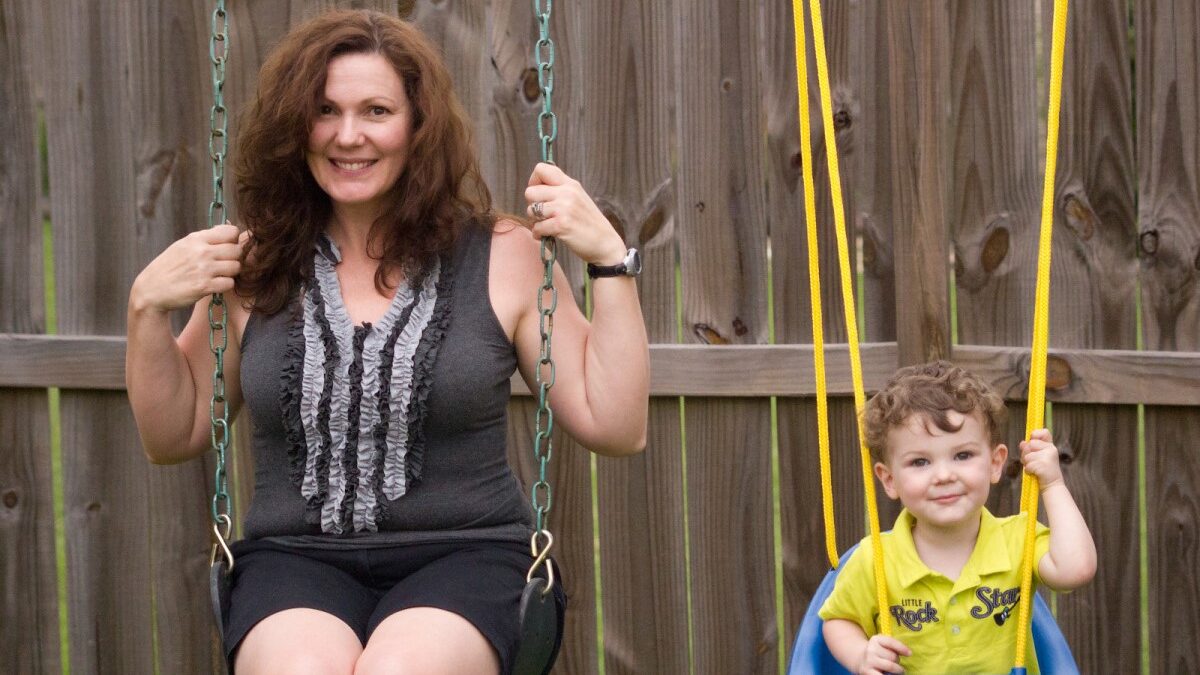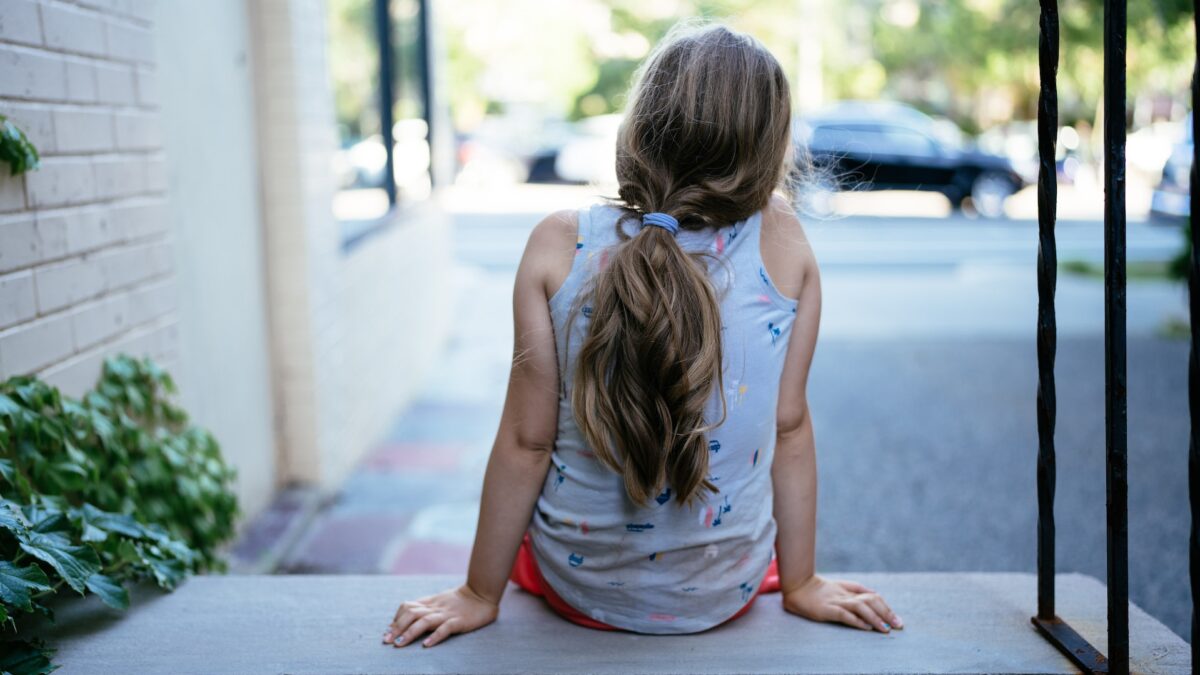
Many state child welfare officials and pundits across the country are convinced that children’s homes, no matter the particulars of their form, hurt children. All remaining children’s homes today should be shuttered, the sooner the better. Some homes have fallen prey to a relentless philosophical drumbeat: “Loving and responsible families are superior to ‘institutional’ care’” (a proposition that is obviously true, by definition).
But here is an inconvenient truth that should be equally transparent to child-welfare officials and pundits: Lots of families, biological and foster, have been, and remain, emotional disaster zones for many disadvantaged ( if not endangered) children, and the foster-care system continues to heap traumas on far too many children who spend their childhoods being shuffled from placement to placement and who “graduate” from the system to lives of homelessness, joblessness, and crime.
Nevertheless, the drumbeat continues by journalists, pundits, and policymakers, who offer only a patina of balance in their assessments of what children’s homes can do and who have swallowed the “dominant” child welfare view that families should supplant virtually all forms of congregate care, even when children kept in their sordid family circumstances are at risk of continued abuse and neglect. Why? Because research they have selectively considered has proven to them that “institutional settings” everywhere remains today are a form of “prison,” and practically as decrepit as portrayed by Charles Dickens.
The Worst-Case Scenario
Consider a journalistic case in point: Last May, an Associated Press reporter broadcast his investigative article to newspapers on how critics of children’s homes—tagged as any form of “group home”—should be phased out. The reporter relied on several child-care officials, but most prominently on an interview with the head of one heavily government-funded child-care agency in a suburb of New York City, who endorses state officials’ policy of phasing out traditional on-campus children’s homes organized for long-term care.
According to the agency’s head, who has reduced the count of children in his on-campus residential program by more than 60 percent over the past decade, “The longer kids stay in institutions, the less capable they are of reintegrating into society. We need to use the residential system as a short-term emergency room, then get kids back to the community.” The agency head then observed, “We can help kids who were traumatized—we can stabilize you, treat you. But we can’t teach you to be a brother, a sister… The best place is always with your family or extended family” [emphasis added]. “Always”? Any casual reading of news accounts of child abuse and neglect in their biological and foster homes discredits the completeness of that claim.
The AP reporter then defers to U.S. Sen. Orin Hatch, who has proposed ending federal funding for all long-term placements of foster-care children in “group homes” that, according to the AP interpretation of Hatch’s comments, have often been “targeted by sex traffickers and pimps” and are staffed by abusive caregivers and are seedbeds for, in the reporter’s words, “youth-on-youth sex abuse, overuse of psychotropic medication, and restrictive rules that prompt many youths to run away.”
The image of “group homes” Hatch presents in the AP article melds well with the sad images captured in the 2013 movie, Short-Term 12, that attracted large audiences despite its limited distribution. The movie presented a group home as something of a child-welfare zoo of a dozen or so traumatized and highly-medicated teenagers who exhibit various psychotic behaviors (see the movie trailer here). Maybe such group homes need to be shuttered. The none-too-subtle intended inference from the AP article is that any children’s home that is officially categorized as a “group home” has a mission and program that is much the same as the mission and program of the group home in Short Term 12 and can be, without investigation, condemned as likely abusive hell-holes for the children in long-term residence.
Agenda-Driven Journalism
Might not the agency head, Hatch, and the reporter have painted children’s homes outside the foster-care and family molds with too broad of a critical brush? Might there not be children’s homes across the country with settings and care philosophies that sharply contrast with the group-home in Short Term 12 and just might unsettle the solidness of the “dominant” child-welfare view—and that do exceptionally well by the charges in their care? The reporter obviously didn’t see a need, just to meet minimal journalistic standards of balance, to search out assessments of children’s homes beyond the “dominant” view.
I wrote the reporter to suggest he might consider a sharply contrasting alternative view of the need for campus-based child care, even long-term care, and I directed him to (among several other identified children’s homes) The Crossnore School, home to nearly a hundred children from preschool to post-high school, hidden in the mountains of North Carolina, which I had studied at length by living on campus much of the fall of 2011 (an experience that caused me to pen a book on modern child welfare). I suggested that the reporter go to the Crossnore campus, walk the grounds, and talk with staff members and children to hear about the various pressing needs for long-term, as well as emergency and short-term, campus-based care.
If he had gone to campus, I knew he would hear from staff members who saw their work not as a “business” (as represented in the article), but as a “mission,” even one prompted by deeply held religious and social convictions, and who didn’t fit the caricature of “sex traffickers and pimps.” He would have heard from brothers and sisters who, absent their Crossnore stays, would have been placed in a variety of foster homes at some distance from each other and even without knowing where their siblings were. The reporter would have found that many children on campus saw other children as “brothers” and “sisters,” albeit without family ties.
Finally, he would have seen the beauty of the campus spotted with towering oaks, cottages that resemble mountain lodges, and a school and recreational facilities that are unmatched in upscale communities around the country. The reporter could have found a multitude of reasons for long-term care not appreciated by others in child welfare circles.
The reporter responded that he had come across my work on Crossnore and had considered the school for coverage in his article but decided he would write about the “dominant” child-welfare view, not views that were at odds with it. Besides, the reporter confessed, Crossnore was very “impressive,” which made it an “outlier.” In short, he concluded that he need not mess up the driving theme in his article with an inconvenient truth that residential children’s homes can work wonders (albeit imperfectly) with children who have been damaged by their families, communities, and the foster-care system, which regularly runs foster kids through dozens of placements (and practically as many schools).
Often, abused and neglected children need more time to heal emotionally, if not physically, than allowed in “emergency-room care,” which means they need a peaceful place apart to find their footing with help and to recapture their childhoods, as well as regain a sense of stability and of a reliable “home,” albeit one that doesn’t fit the usual image of “family.”
A Stable Alternative to Constant Instability
If the reporter ever visits the Crossnore campus, he will find kids who need years to stabilize their lives. He will also find children who don’t want to return home, because of the likely mess they would find—and who don’t want to be adopted, because they like where they are and because they do not want to sever their remaining legal ties to their biological families, no matter how tenuous they are. He will find flaws (as is true of all families) but also kids who want to remain on campus because they do not want to take the risk of being shuffled again from placement to placement by a child-welfare system that had not served them well and often makes “family reunifications” short-term stays, only to be returned to campus with their emotional stability wrecked again.
No one disputes that children’s families and communities can be beneficial to most (or even a sizable majority) of children or that the need for short-term, emergency-room care in out-of-home placements is necessary. However, children’s situations vary dramatically, and many of these families and communities are hardly “loving and responsible.” Consider the following examples.
- What should we do with a child of twelve who has been run through 33 foster-care placements, with cycles of reunification to her sexually and physically abusive parents (and other family members) in drug-infested communities, only to be pulled away again in short order to go through another foster-care cycle or to be placed up for adoption, and is no longer adoptable?
- What do we do with a an eight-year-old boy who has been taken from his single drug-addicted mother nine times only to be quickly returned each time under the ideological banner of “family reunification”—and found on his tenth removal to have 48 burns from cigarette butts all over his body inflicted by his mother?
- What do you do with a twelve-year-old girl who was first adopted from a Russian orphanage by a single mother who died of cancer when her adopted daughter was only ten? The daughter was then run through a series of family and foster-care placements and, as a teenager, adopted again, only to have her second adoption fail at age fourteen because of the objections of a previously adopted teenage rival in the family? Should she be sent to a child-care ER for a dose of medication and another placement cycle in the “system” (which also has all the markings of an “institution” that entraps the children who enter)?
- What do you do with a ten-year-old child who has been forced to live in a closet for years among her own feces? Might not long-term care on a campus be a superior option for the child than a return to her family and its community or a series of placements with foster parents?
- What do you do with a teenage girl who was molested for three years, between the ages of eight and eleven, by her sister’s father (not her own father) living in her home with her “pill head” mother, only to be taken away to be placed with a series of foster parents and then is returned to “kin care” under which an uncle, who knew of her previous vulnerability, sexually abused her again?
- What do you do with three sisters, age eight to thirteen, who were removed from their alcoholic single mother’s care because their house was condemned, and was so trashed that sometimes-swarming “rats could eat the cat,” in the words of the oldest sister? Should we always quickly return the children to their families and communities?
Put more starkly, should these children only be sent to child-care “emergency rooms” for what can amount to drive-through rehabilitation, the long-term benefits of which remain in doubt for many children? These are real-world cases of child abuse and neglect replicated tens of thousands of times across this country.
Some Communities and Parents Destroy Children
Had the reporter visited the Crossnore campus, he would have learned that children of abusive and neglectful parents (and extended families) can gain strength from each other, because they have shared experiences and no longer need to feign all is well in their families and communities (when in fact one or both parents is on the streets or in prison). They can heal together, which can take more than the time allowed in emergency-room interventions, and can even take years in one place. The reporter would have also found that Crossnore does what no public school would dare: guarantees high school graduation and seeks to cover the costs of their graduates’ college educations.
No doubt about it, loving and responsible parents in supportive communities can’t be replicated in children’s homes, but that claim totally dismisses the core of the contemporary child-welfare problem. Many parents, biological and foster, are not just deficient in care skills, some are totally undeserving of the life roles they assumed. And some “communities,” which are dysfunctional at their core, can be destructive of children’s futures. Moreover, good foster parents are far from being so abundant that they can meet the crying need.
Also, don’t forget that some children need a protective hidden place apart because they are at some danger of being harmed by their parents (and family members). Long-term care for children in a so-called on-campus “bubble,” as the AP report put it, is hardly ideal, but it can be a needed option for far more children, in varied circumstances, than the AP reporter conveyed (and not all children’s homes fit the caricature, “bubble,” they have been wrongly denounced for being). Crossnore does have its own on-campus school, but mainly because so many of their children come to campus several years behind in school, due to their derelict families and their constantly changing schools as they were shifted among foster placements. And Crossnore’s now has a waiting list of families in the community who desperately want their children to prosper inside the “education bubble” on campus.
If you doubt the inconvenient truths proffered here, go to Crossnore (or just watch a short power-packed YouTube video). Go to Connie Maxwell Children’s Home in South Carolina, go to Black Mountain Children’s Home in North Carolina, or go to San Pasqual Academy outside of Sand Diego, and be prepared to be amazed at the good work these children’s homes are doing for damaged and neglected children. All of these homes away from home have the same emphasis on education Crossnore does and provide their children with “transitionary living” programs that provide the guidance all high school graduates need to become responsible citizens in their communities (a benefit far too few foster-care kids receive). All provide aid for post-high school education. In short, anyone who visits one of these homes will find their staffs committed to doing what the head of the children’s agency, Hatch, and other child-welfare officials say can’t (and shouldn’t) be done.
Richard McKenzie is a senior fellow at the National Center for Policy Analysis and, an economics professor emeritus in the Merage School of Business at the University of California, Irvine. He is author of Miracle Mountain: A Hidden Sanctuary for Children, Horses, and Birds Off a Road Less Traveled (2013). He was also executive producer on a documentary film, Homecoming: The Forgotten World of America’s Orphanages, that aired on PBS. This short article is founded on a longer policy paper recently distributed through the National Center for Policy Analysis. He grew up in a North Carolina orphanage in the 1950s.









